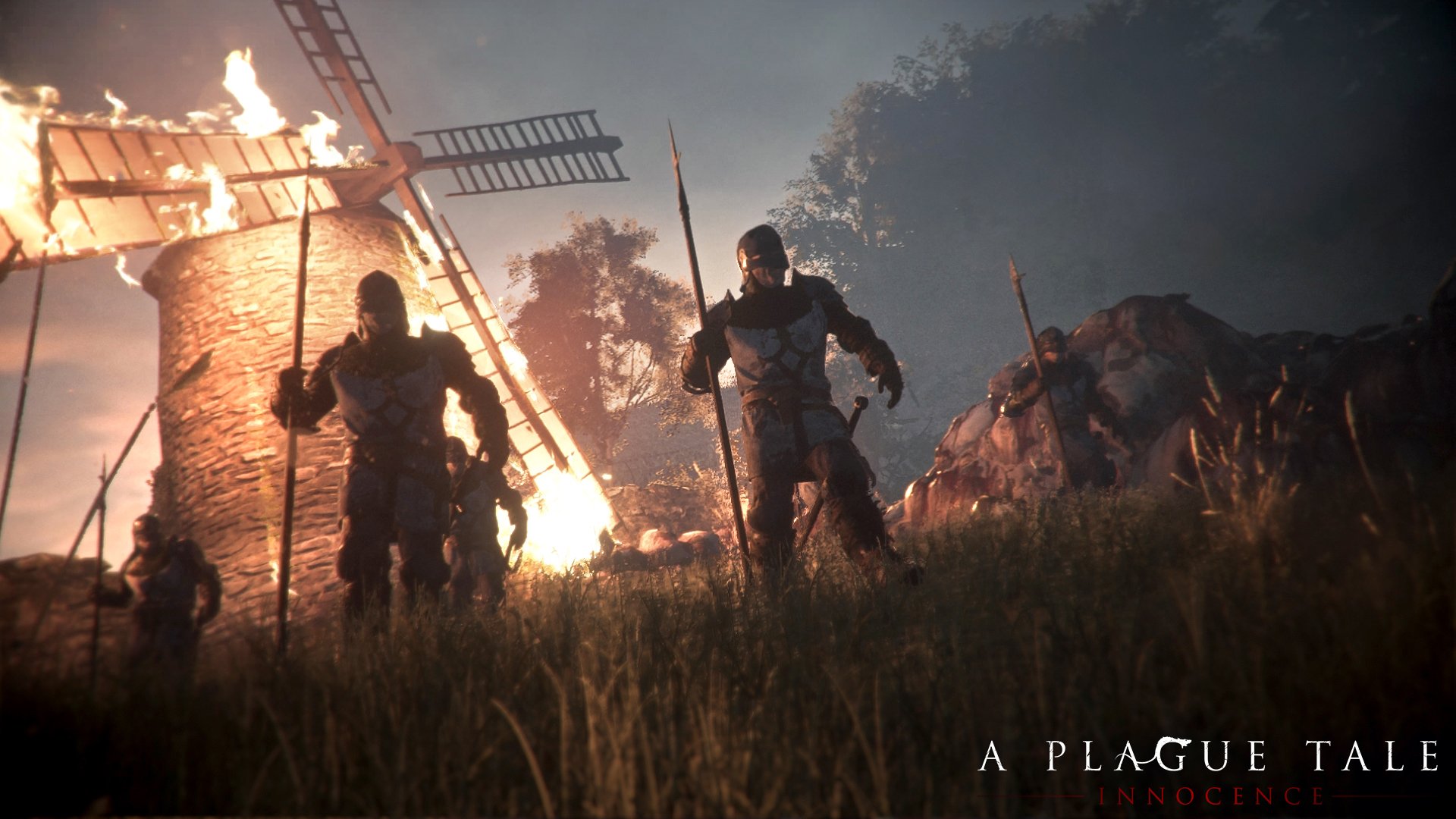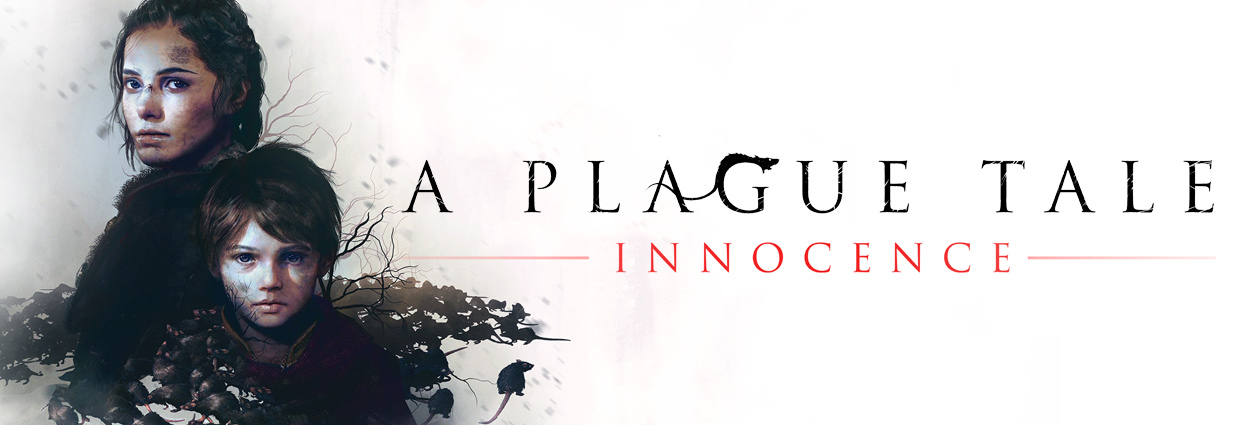A Plague Tale: Innocence is a harrowing coming-of-age story
Staff – May 7, 2019 at 12:10 PM
The rats move in rivers, flowing at the edges of the firelight. Two kids traverse the French countryside, having fled their home following the murder of their parents. The sister is fourteen and the brother is five. They don’t know each other all that well. The brother’s been sick and quarantined since birth. The emotional distance between them has been slowly closing as they push forward, escaping peril after peril.
But here’s what looks like a dead end. The rats number in the thousands, screeching and swarming. The brother isn’t totally processing the weight of the situation. The sister, worry rising in her like steam in a whistle, searches for a path through the rivers of hair and teeth.
A Plague Tale: Innocence is a poignantly harrowing game from Asobo Studio in which the player controls Amicia, a girl thrust suddenly into the guardianship of her little brother Hugo. The two of them are trying to stay alive in 14th-century France as the bubonic plague tears through the populace and the Catholic Church’s Inquisition terrorizes the ailing and healthy alike. “Due to the nature of the world they live in,” Aurélie Belzanne, Head of Marketing Communication at Asobo Studio, tells us, “death surrounds Amicia and Hugo everywhere they look.”
In many games set in unforgiving environs, the protagonist meets death only with more violence. A family is slain and our hero goes on a vengeful rampage. Amicia, pointedly, is not a trained killer. She has a sling and whatever she can scavenge for — some bandages, a bottle of rubbing alcohol, a ceramic pot. She doesn’t want to hurt anybody. “You don’t play as a warrior,” Belzanne explains. “You play as a child who is learning survive in a brutal world.”
This is to say that Amicia is fragile. There are no health bars or hit points in A Plague Tale. One swing from a blade or a few stray steps into the rat horde is enough to fell her. She and Hugo spend the bulk of their time sneaking through hallways and high brush, keeping out of enemy sight and carving paths through the rats.

When Amicia kills, it’s out of absolute necessity. “The tension and the authenticity in such situations follows reality,” Belzanne says, “and the player will often have just a few seconds to decide what to do. We wanted people to feel this tension as if they were facing the situation themselves in real life.” Grisly death animations add to that realism. Inquisition soldiers are out to harm Amicia and Hugo, but in the moment one of them is being eaten alive by rats, their human frailty shines through unsettlingly. They panic and flail as they perish. Amicia tells Hugo to look away as the pair scamper to safety.
A Plague Tale’s biblically malignant rats lend it an air of the supernatural, but everything else is concrete. The gameplay is particularly satisfying because everything Amicia does feels plausible. Each section presents a kind of breathing puzzle that the siblings must make their way through. Observation and quick-wittedness are essential.

Light keeps the rats away and flesh distracts them, so standing near a brazier, staring out over a dark floor covered in glowing rodent eyes, Amicia must look around for a solution. Maybe there’s a chandelier hanging over the middle of the room that she can knock onto the ground. Maybe there’s meat curing against the far wall that will draw the attention of the rats for a few seconds. Is there a ladder nearby? Higher ground might prove useful. In making Amicia and Hugo highly vulnerable, A Plague Tale forces the player to be resourceful and aware of their surroundings. Brute force isn’t an option.
As the game progresses, it becomes less of a simple survival narrative and more about the effect this disturbing experience is having on an adolescent girl and a young boy, and the strengthening of their familial bond. Amicia and Hugo have had a relatively sheltered upbringing, and Hugo’s illness has until now isolated him from his sister. Throughout the game, their relationship deepens while at the same time they’re learning how cruel the world can be.

A Plague Tale’s greatest strength is that it’s genuinely interested in what happens to its young characters as they try to escape their miserable surroundings. Belzanne frames it well when she explains that, though death is prevalent in the game, “it is not the central point of our story. Above all, what we wanted to tell is the unique bond between two children and the friction between their innocence and the world.” You feel that concern as you play through a Plague Tale, and it quickly becomes your own.
A Plague Tale: Innocence launches on May 14th.











